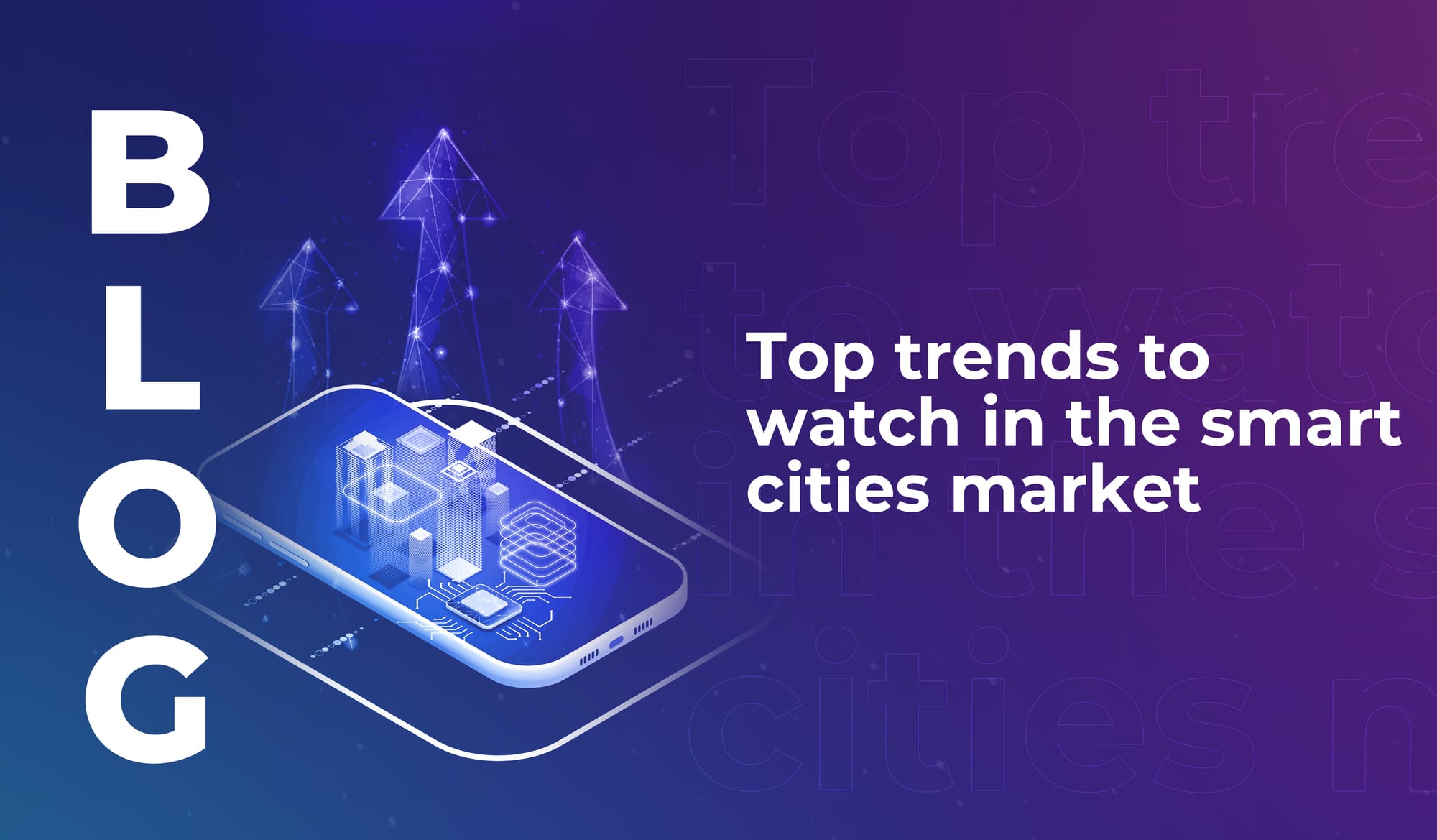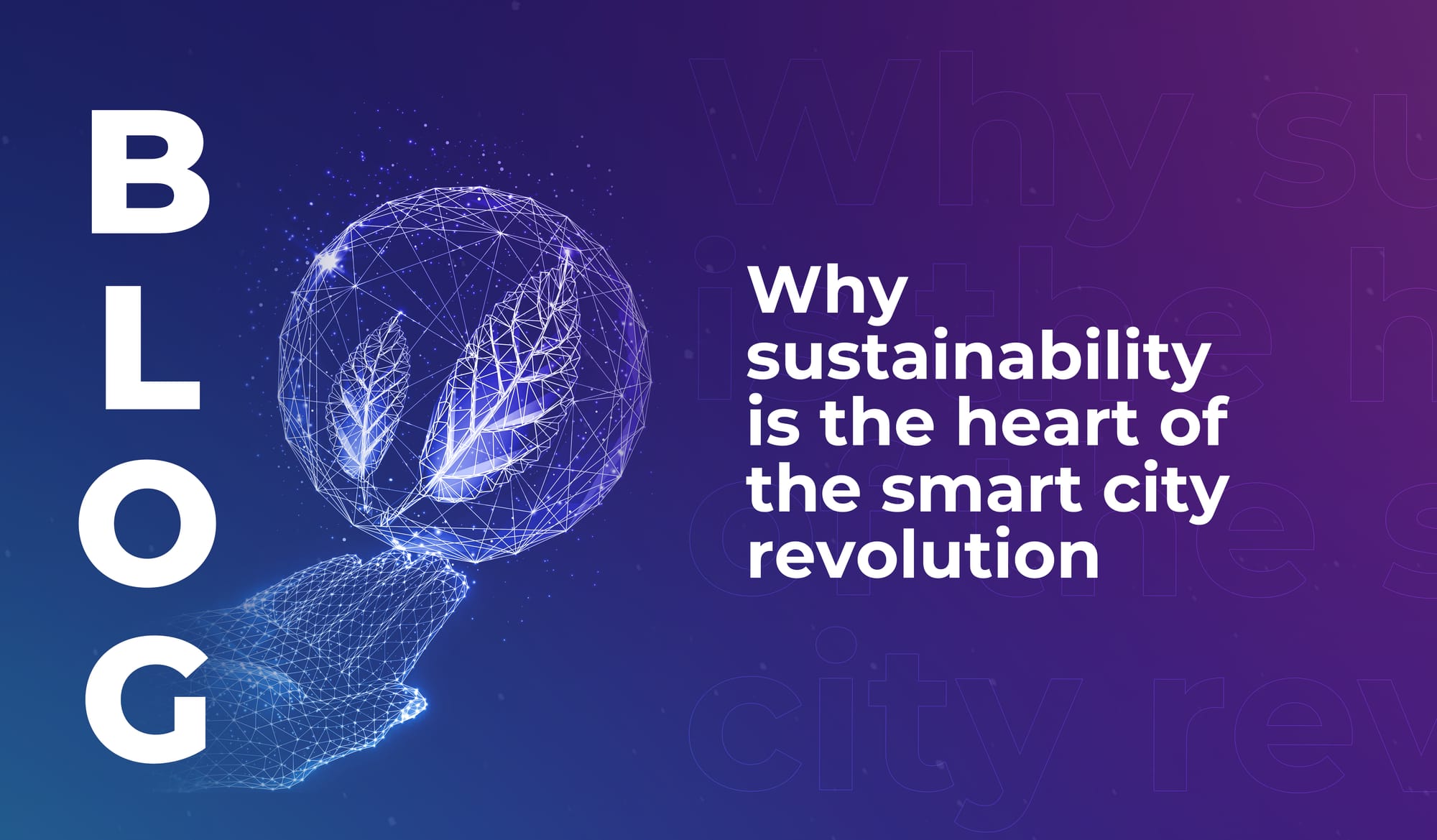
Top trends to watch in the smart cities market
Explore key smart city market trends for 2025–2030, from EV infrastructure to AI-powered waste systems – backed by the latest industry report.


“I just don’t understand technology. It’s too complicated, it’s not my thing. When the conversation turns to new tech, I switch off.”
Have you ever heard people who don’t work in tech say things like this? Being a self-identifying technophobe is a really common way for the general public to express their uncertainty around technology, and separate themselves from their more tech-positive peers.
And yet when you’re immersed in the world of tech development, complex tech-speak is only a part of the picture – because what tech people really spend a lot of time talking about is stories. And every human being can understand a story.
When we asked #LEAP23 speaker Ioana Matei (Head of Emerging/Immersive Technologies – Metaverse/Web3) what she’s excited to be working on right now, she said:
“On my film/production side, I am working on new storytelling content that combines 360 views with user-controlled content and branching narratives. And of course a good story. It’s a new concept and I am trying to push the technology potential to the maximum. It is exciting to see how this has progressed and unleashed new creative avenues.”
The integration of stories in Matei’s field is obvious: XR design has to be built around stories, because new digital environments are being created for people to explore, to inhabit, to dwell in just like they dwell in the empirical world. But if you look closer at any technology, there’s a story to be found – and it’s crucial that we figure out how to communicate those stories to people who don’t have a natural curiosity about the future of tech.
Why? Because no matter how resistant any given person might feel, tech is a part of all of our futures. And those who don’t give themselves a chance to engage in shaping the direction and uses of tech are missing out on the opportunity to contribute to a future that actually works for them.
Technology will continue to evolve with us. And in order to ensure it’s valuable for everyone, we need everyone to contribute their voices to the development of new products and services – even the most hardcore technophobes. Stories are a way in: they create a link between technology and people, and add emotion and understanding to complex technological processes.
Storytelling allows you to step away from processes that can only be explained through technical language, and instead communicate the value of tech in a way that feels relevant, real, and encourages a sense of connection between person and product.
Facial recognition technology (FRT) is a strong example of how this works. Fears about FRT are widespread – and there are rational reasons for this. Concerns include:
Scary stories like these take up a lot of media space, so they create a general undercurrent of fear around technology that actually has a lot of positive use cases too. And tech developers speaking out about the potential benefits of FRT can only go so far – because a story sticks in people’s minds much more easily.
For the same reason, when a really positive story about the same technology is amplified it can undo some of that negative messaging.
Like this story: in 2020, FRT was instrumental in reuniting Chinese couple Li Jingzhi and Mao Zhenjing with their son, Mao Yin, who had been kidnapped 32 years earlier. He’d been taken from them in Xian (the capital of Shaanxi province) and sold to another family – but his birth parents never stopped looking for him. They made over 100,000 missing child fliers, went on TV, and joined volunteer organisations dedicated to bringing missing children back to their families. But it wasn’t until FRT was used to analyse old photos of Mao and match his identity with an adult that he was finally located, and reconnected with his parents.
It’s just one story. But a single story that’s personal and true is a much more powerful way to communicate the benefits of a technology than talking about technical processes and functions.
The lesson here? Keep stories at the front of your mind all the time, and especially when you’re communicating the benefits of your tech to people who aren’t immersed in the tech industry.
All technology can tell a story. And stories bring tools, infrastructure and processes to life – so that even a determined technophobe might feel able to join the conversation and share their perspective.

Explore key smart city market trends for 2025–2030, from EV infrastructure to AI-powered waste systems – backed by the latest industry report.

Learn how generative AI is unlocking the true potential of digital twins – to make smart cities more efficient, inclusive, and citizen-focused.

The smart cities of the future will use tech to lower emissions, cut urban temperatures, and improve quality of life in highly populated areas.

Explore key smart city market trends for 2025–2030, from EV infrastructure to AI-powered waste systems – backed by the latest industry report.

Learn how generative AI is unlocking the true potential of digital twins – to make smart cities more efficient, inclusive, and citizen-focused.

The smart cities of the future will use tech to lower emissions, cut urban temperatures, and improve quality of life in highly populated areas.